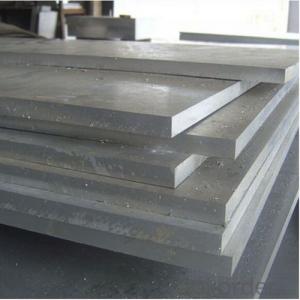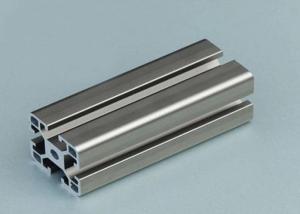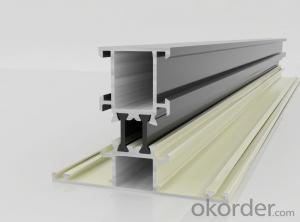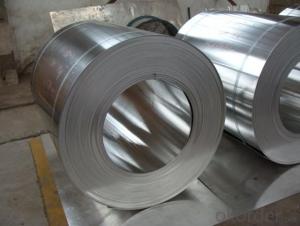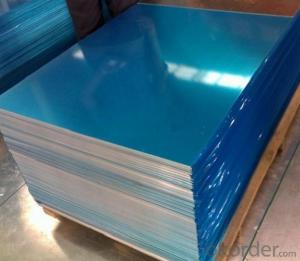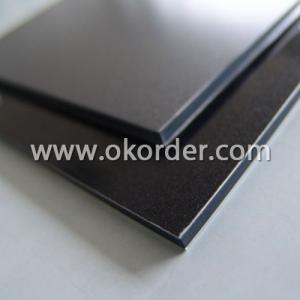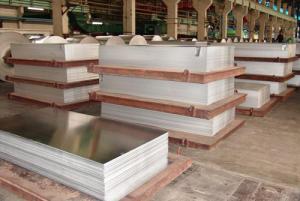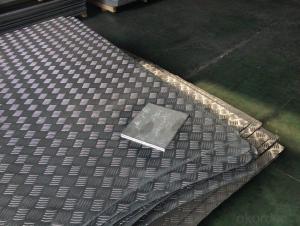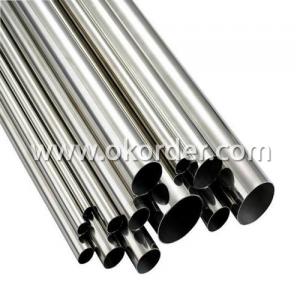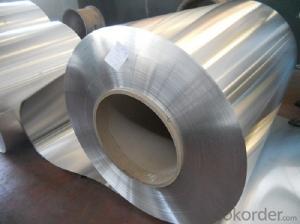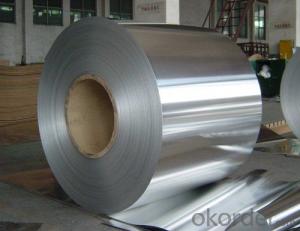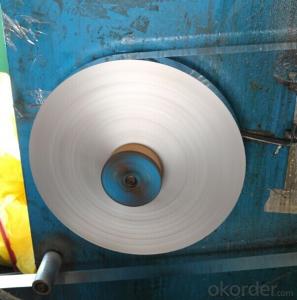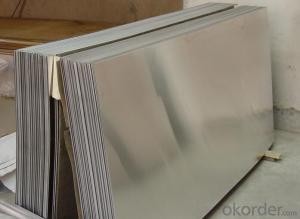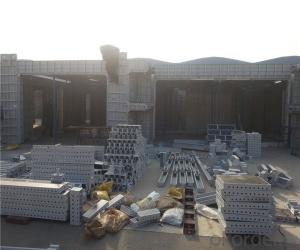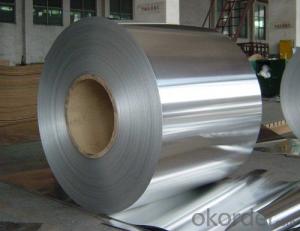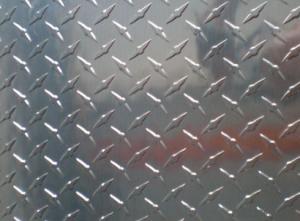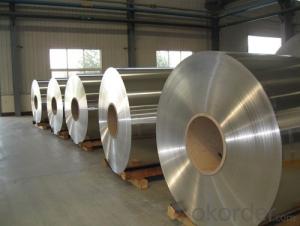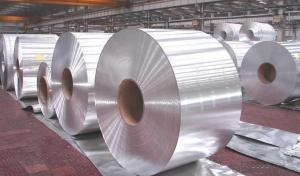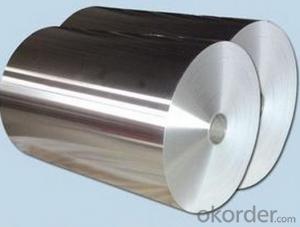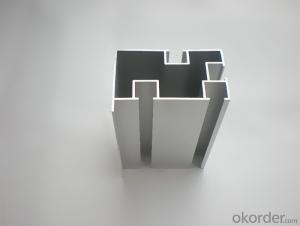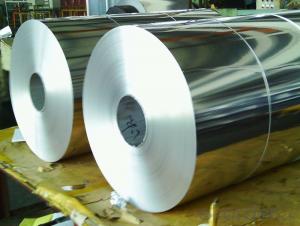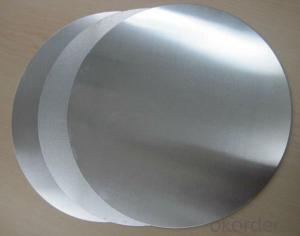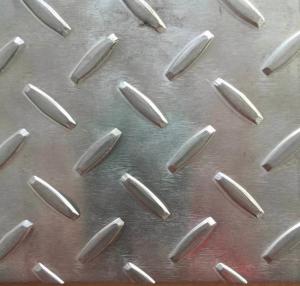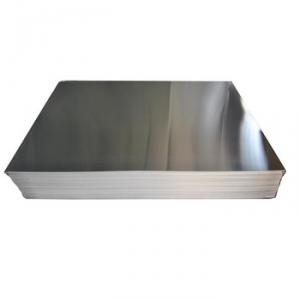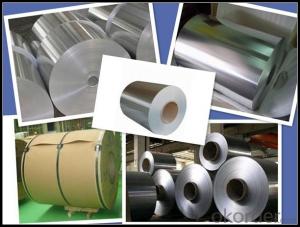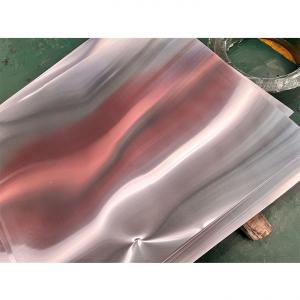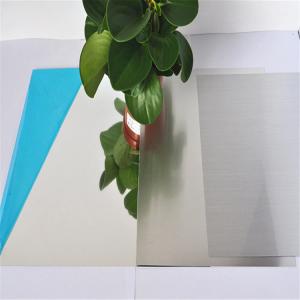6061 0 Aluminum Plate
6061 0 Aluminum Plate Related Searches
Aluminum 6061 Plate Aluminum Plate 6061 6061 Aluminum Alloy Plate T6061 Aluminum Plate 6061-T6 Aluminum Plate 6061 T6 Aluminum Plate 1 4 6061 Aluminum Plate 6060 Aluminum Plate 6061 Aluminum Diamond Plate 1/4 6061 Aluminum Plate 1 2 6061 Aluminum Plate 1/2 6061 Aluminum Plate Bending 6061 Aluminum Plate 6061 Aluminum Tooling Plate 3/8 6061 Aluminum Plate Metric 6061 Aluminum Plate 6061 Aluminum Tread Plate 6063 Aluminum Plate 6061 T651 Aluminum Plate 6061 Aluminum Plate 1 2 3 8 6061 Aluminum Plate 6061 Aluminum Plate For Sale 6061-T651 Aluminum Plate Aluminum Plate 6063 6061 Aluminum Plate Price 6061 Aluminum Plate Thickness 6063 T6 Aluminum Plate 6061 Aluminum Plate Suppliers 60 Aluminum Plate 1060 Aluminum Plate6061 0 Aluminum Plate Supplier & Manufacturer from China
6061-O Aluminum Plate is a high-strength, heat-treatable aluminum alloy that is widely recognized for its excellent mechanical properties and corrosion resistance. This alloy is known for its versatility and is commonly used in various industries due to its balance of strength, workability, and durability. The 6061-O Aluminum Plate is particularly suitable for applications that require a combination of strength, light weight, and resistance to weathering and corrosion.The 6061-O Aluminum Plate is extensively utilized in the manufacturing of aircraft components, automotive parts, and other transportation equipment due to its high strength-to-weight ratio. It is also popular in the construction of machinery and equipment, as well as in the production of consumer goods such as furniture and electronics. This product is favored for its ability to maintain its structural integrity while offering a lightweight solution for a multitude of applications.
Okorder.com is a leading wholesale supplier of 6061-O Aluminum Plate, boasting a vast inventory that caters to the diverse needs of various industries. With a commitment to quality and customer satisfaction, Okorder.com ensures that the 6061-O Aluminum Plate they provide meets the highest standards of performance and reliability. Their extensive stock allows customers to find the exact specifications and quantities they require, making Okorder.com a trusted source for this essential material.
Hot Products


